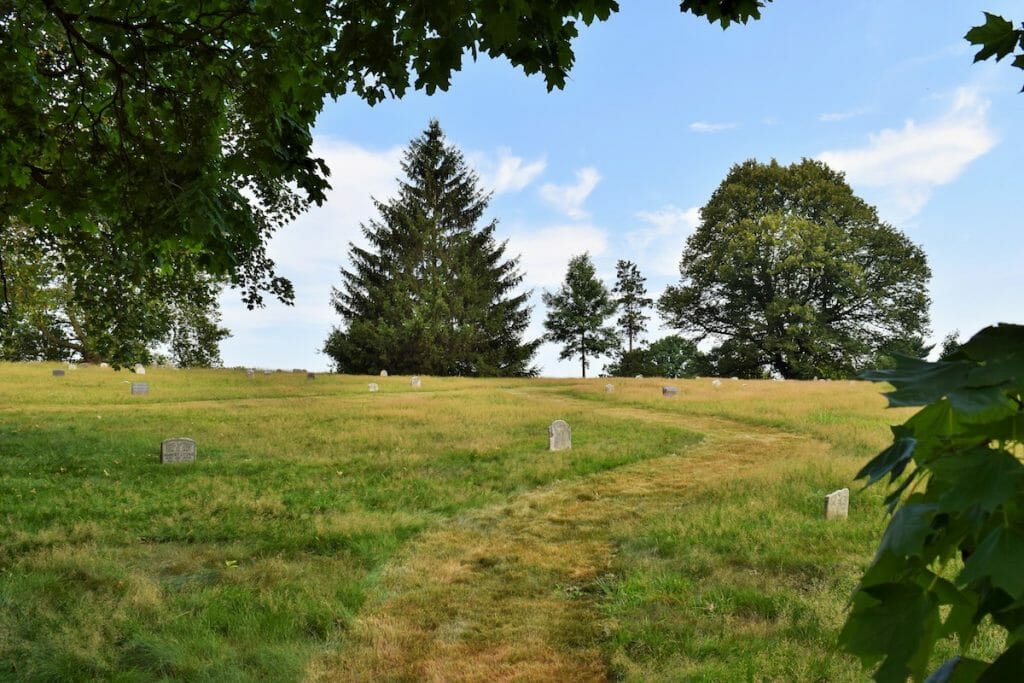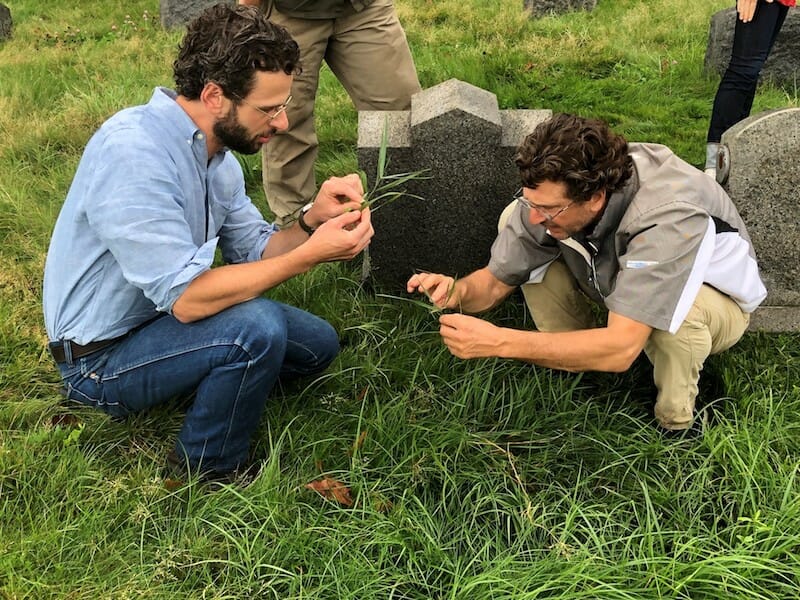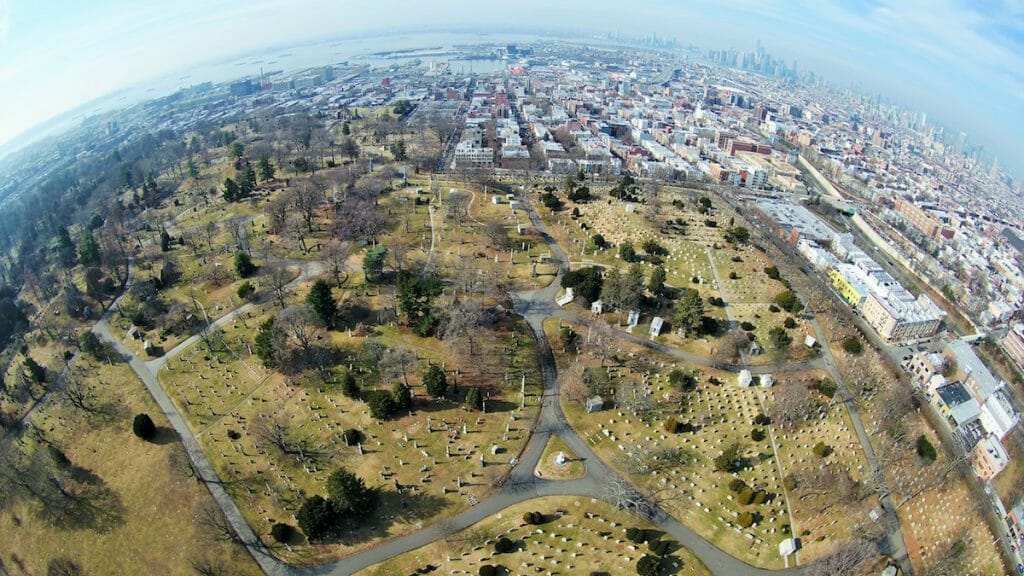A commitment to environmentally responsible landscape practices
Climate change is having devastating impacts on communities, both on a global and local scale. Here at Green-Wood, we’re contending with our contributions to the crisis and the challenges climate change brings like higher winter temperatures, longer periods of drought, more frequent severe storm events, and more—all of which impact our landscape and the wildlife that depend on it. As stewards of the natural environment and a space of memorialization, it’s our job to do what we can to adapt to these challenges and mitigate the effects of these disturbances on our grounds.
THE URBAN GRASSLANDS PROJECT
Since 2017, Green-Wood’s horticulture team has set about assessing the way we manage the landscape—particularly our hundreds of acres of grasslands. We found that by transitioning away from traditional mown lawns to what we call “managed meadows” we could both reduce our reliance on practices that are harmful to the environment (like the use of gas-powered mowers) and cultivate a more environmentally resilient landscape.
To learn more about this project, read this article published in Popular Science.

HOW THE PROJECT STARTED
In 2017, Green-Wood partnered with Cornell University for a first-of-its-kind research initiative we called the “Urban Grasslands Project.” We set out to examine and address the effects of climate change in the landscape. Most notably, the increased spread of warm-season grasses that behave invasively and impact the appearance, maintenance resource demands, and biodiversity of our landscape. To compound the issue, the change in climate has lengthened the growing season which results in a greater opportunity for these grasses to spread—which also means more frequent mowing. Mechanical mowing is a huge challenge to Green-Wood reaching its goals of reducing its greenhouse gas emissions, noise pollution, and damage to our landscape and monuments.
The project was led by Dr. Frank Rossi, an associate professor of horticulture at the College of Agriculture and Life Sciences, Cornell University, who is internationally recognized for his work in environmentally sustainable systems for grass and turf.
OUTCOMES
This partnership has resulted in a comprehensive management plan that includes:
- increased the height of cut to safely reduce the frequency of mowing.
- manage soil disturbance to effectively mitigate the spread of invasive grasses.
- Transition from ornamental lawn to perpetual meadow in the historic public lots to better preserve the fragile headstones from further mower damage.
- Plant native perennial wildflowers and grasses in areas that are hazardous to mow or to traverse by foot.
- Remove turf from historic lots that are enclosed in a coping and replace with perennial plants.
The most exciting part of this project is its impact beyond Brooklyn. Our findings will serve as a blueprint for cemeteries, parks, and greenspaces in cities across the country that are facing similar challenges. By offering real-world strategies for large-scale urban grasslands, Green-Wood is making an important contribution to the reduction of greenhouse gas emissions and creating sustainable solutions for the future.
For more information on this project, read this article published in Arnoldia, the magazine of the Arnold Arboretum of Harvard University.

(Credit: Andrew Pochedly)
“The urban grasslands at Green-Wood provide an ideal environment to study sustainable and ecological alternatives to the manicured lawn in an era of climate change.”
– Frank Rossi, PhD, Project Manager
Associate Professor of Horticulture at the College of Agriculture and Life Sciences, Cornell University
